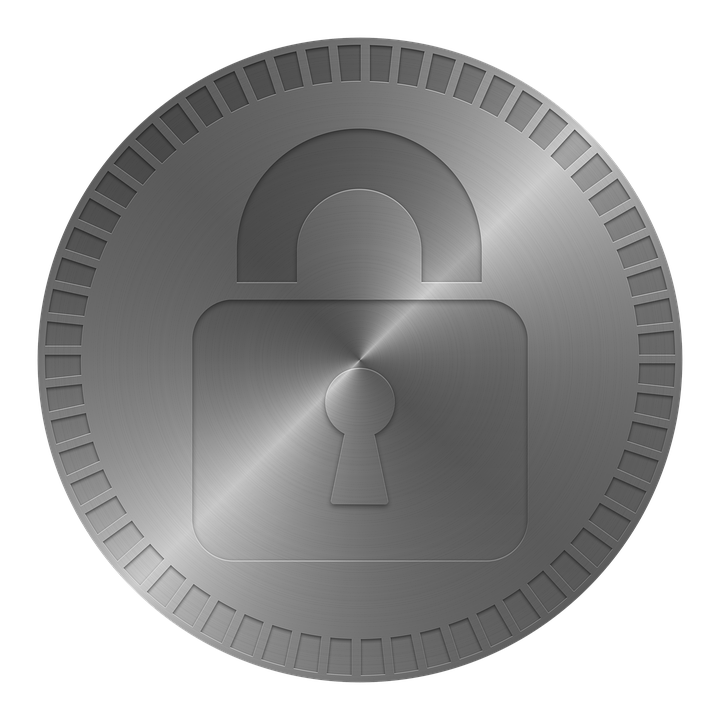In the rapidly evolving world of NFTs, it’s essential to understand what makes them secure and the risks associated with their use. As more and more people start to invest in and trade NFTs, it’s crucial to know whether these digital assets are safe from hacks and attacks. In this article, we’ll explore the key factors that make an NFT a security, the risks involved, and the benefits of investing in this exciting new asset class.
As the popularity of NFTs continues to soar, there’s a growing concern about their security. Unlike other digital assets, NFTs are unique, non-fungible tokens that are stored on a blockchain. They represent ownership of a specific piece of digital content, such as art, music, or even tweets. However, not all NFTs are created equal in terms of security. Some are more vulnerable to attacks than others, and it’s crucial to understand what makes an NFT a security and how to protect your investment.
When it comes to understanding what makes an NFT a security, there are several factors to consider. Firstly, the platform on which the NFT is created plays a significant role in its security. Some platforms have stronger security measures in place than others, while some have been victims of high-profile hacks and attacks. It’s essential to choose an NFT platform that has a solid track record in terms of security, and to do your research before investing in any NFTs.
Another crucial factor in NFT security is the smart contract that underpins the token. Smart contracts are self-executing contracts with the terms of the agreement between buyer and seller being directly written into lines of code. These contracts govern the transfer of ownership of the NFT and ensure that its authenticity and uniqueness are preserved. However, if the smart contract is not well-written, it can make the NFT vulnerable to attacks. It’s important to work with a reputable developer to ensure that the smart contract for your NFT is secure.
In addition to these factors, another element that makes an NFT a security is its level of decentralization. The more decentralized an NFT is, the less vulnerable it is to attacks. Decentralization means that the ownership and transfer of the NFT are governed by the blockchain rather than a centralized authority. This makes it much harder for hackers to manipulate or compromise the NFT. However, completely decentralized NFTs are rare, and most operate on a spectrum of centralization and decentralization.
Despite the risks, investing in NFTs can be a lucrative and exciting opportunity. NFTs are a new asset class that has the potential to revolutionize the way we think about ownership and value in the digital world. By understanding what makes an NFT a security and taking steps to protect your investment, you can participate in this exciting new market with confidence.
To summarize, the key factors that make an NFT a security are the platform on which it’s created, the smart contract that governs its ownership, and its level of decentralization. It’s essential to choose a secure platform, work with a reputable developer to create a secure smart contract and understand the level of decentralization of your NFT. Investing in NFTs is an exciting prospect, but it’s crucial to do your research and take steps to protect your investment. Let the age of NFTs begin!
What Makes an NFT a Security?
1. The Howey Test
The first and most significant factor that determines whether an NFT is a security is the Howey Test. This test was established by the U.S. Supreme Court in 1946 and helps determine whether an asset is a security or not. According to the Howey Test, an NFT is considered a security if it meets three main criteria:
- It involves an investment of money
- There is an expectation of profits from the investment
- The investment is in a common enterprise with others
If an NFT meets these criteria, it will be deemed a security. It’s worth noting that the Howey Test is used in the United States, but other countries might have their own tests for determining securities.
2. Centralization vs. Decentralization
Another aspect that determines whether an NFT is a security is whether the network it operates on is centralized or decentralized. A centralized network is controlled by a single entity, while a decentralized network is open-source and run by a community of users. If the NFT operates on a centralized network, it could indicate that the issuer has more control over the asset and the profits it generates, making it more likely to be a security. On the other hand, if the NFT operates on a decentralized network, it may be less likely to be considered a security because no single entity has control over it.
3. Risk of Loss
The risk of loss is another factor that determines whether an NFT is a security. If the purchaser of the NFT invests money with the expectation of profit and it’s evident that they could lose their investment, the NFT might be considered a security. However, if there is no risk of loss and the purchaser is solely buying the NFT for the enjoyment or utility that it provides, then it’s less likely to be considered a security.
